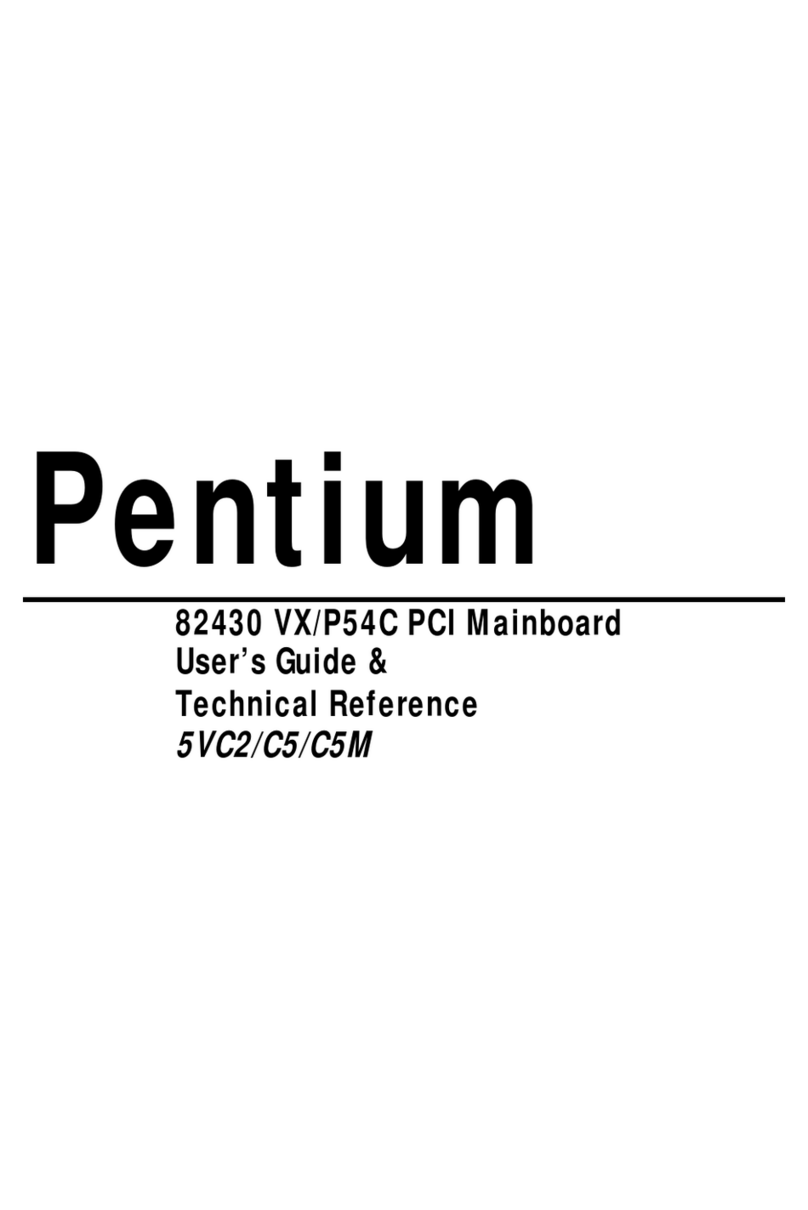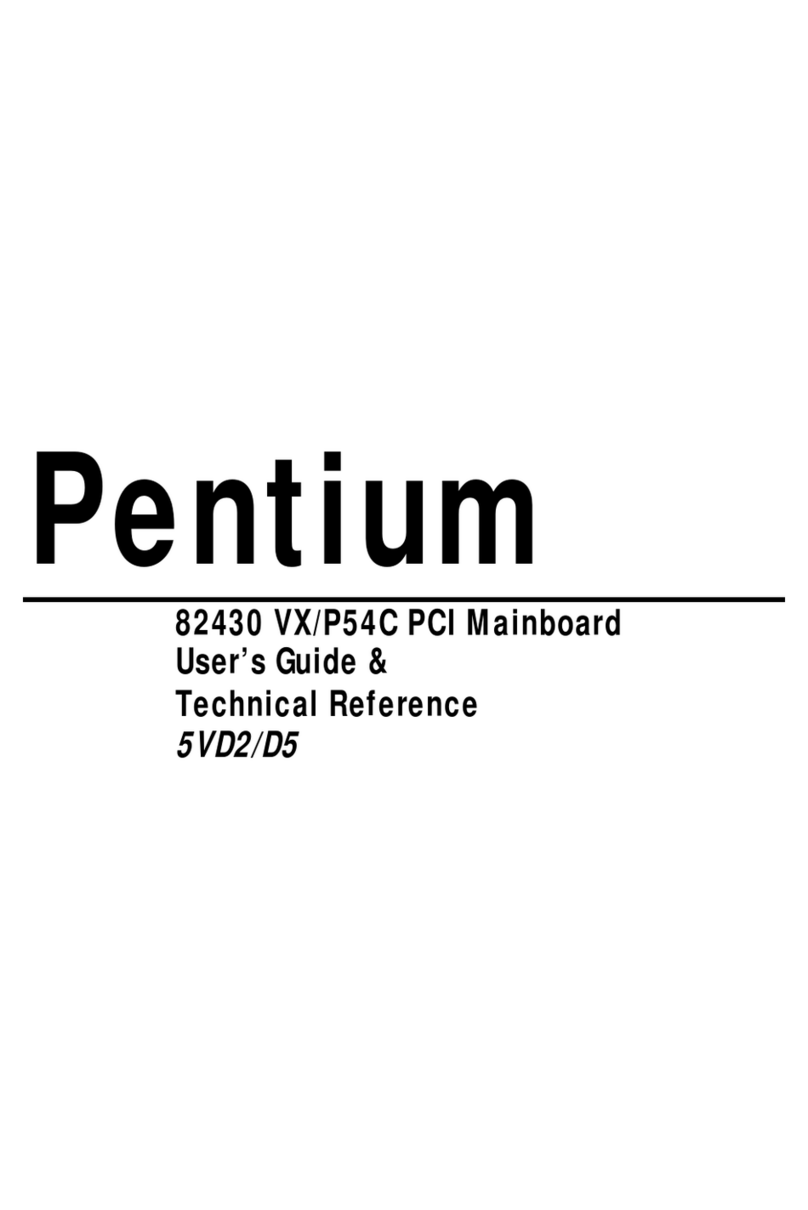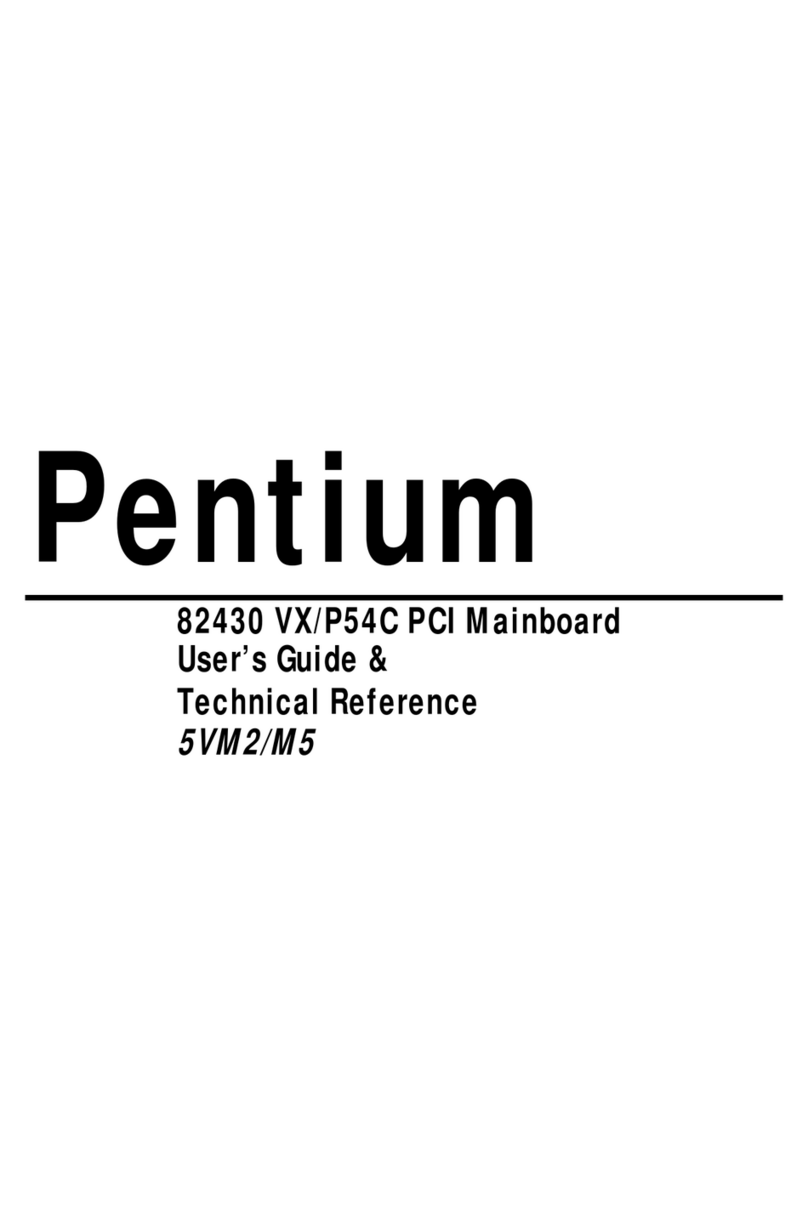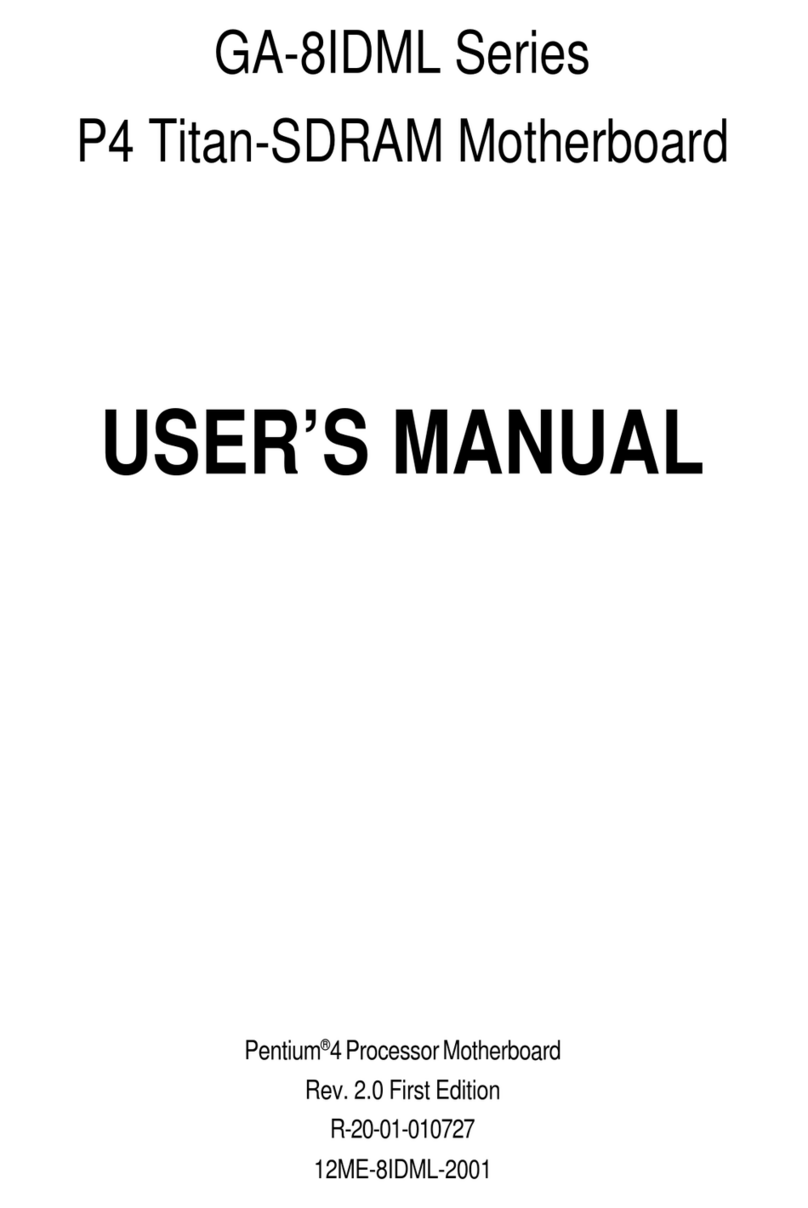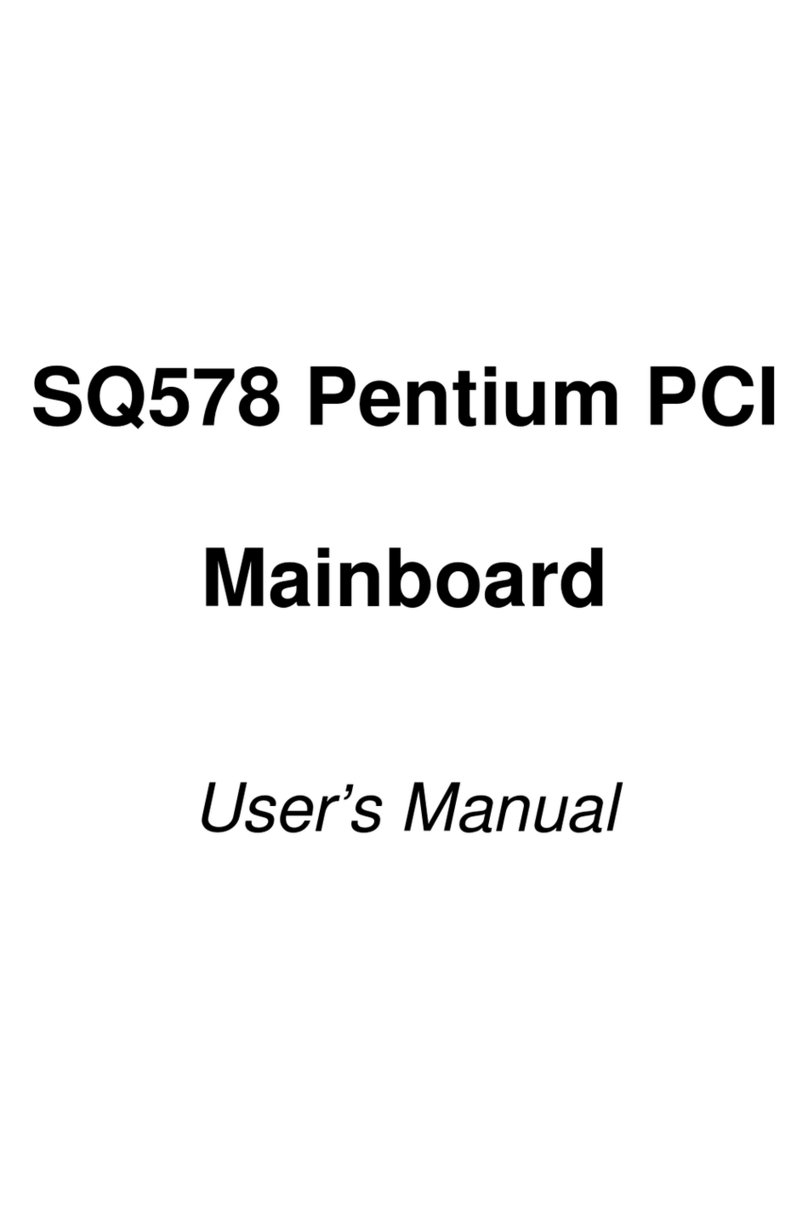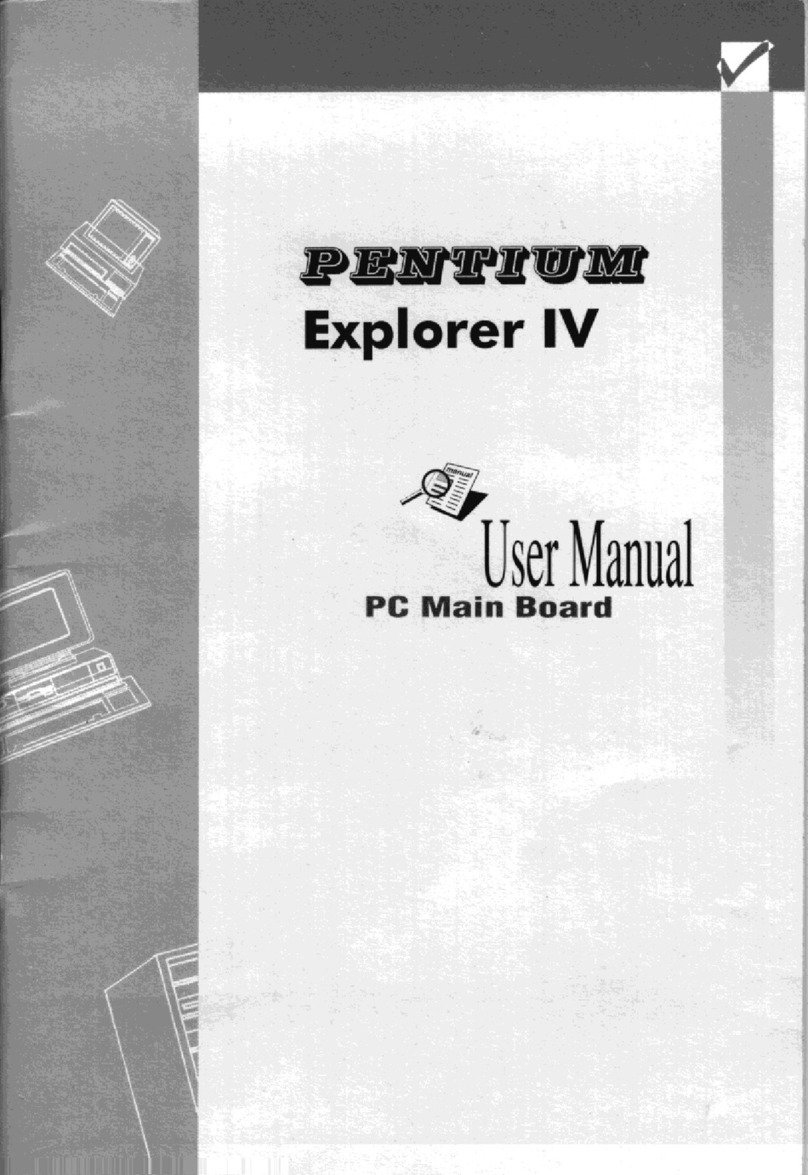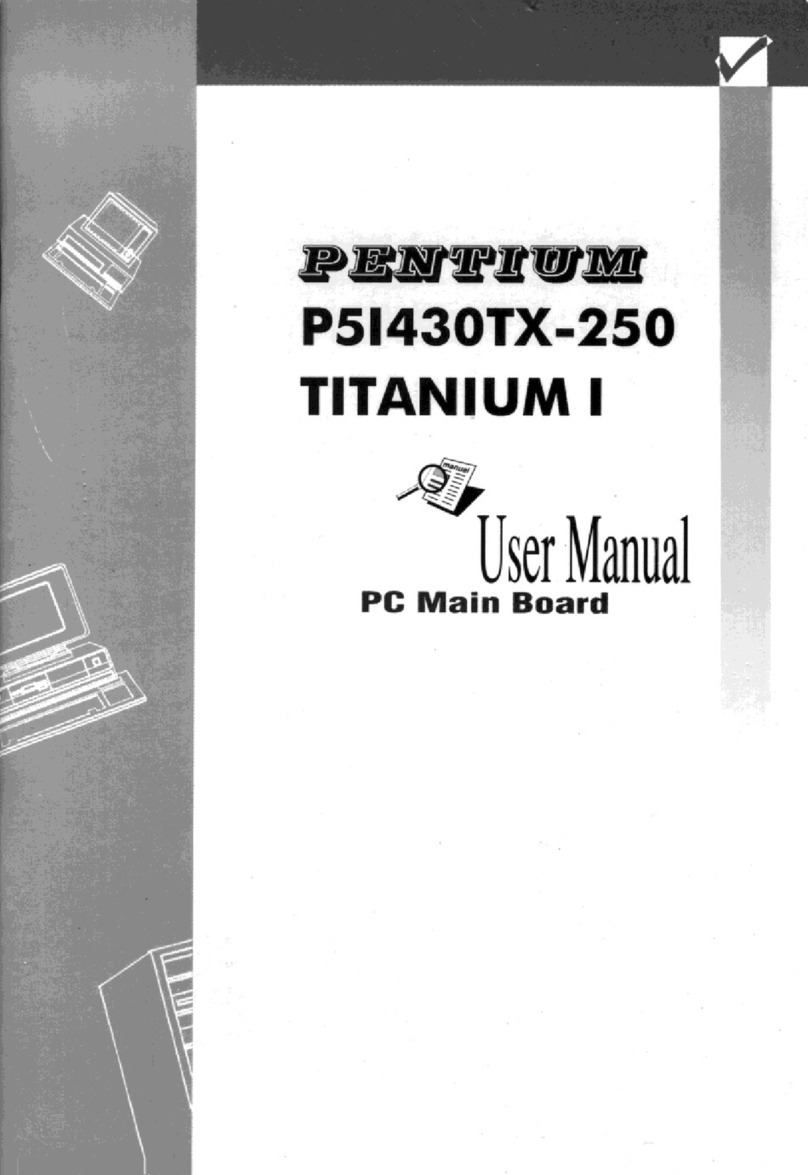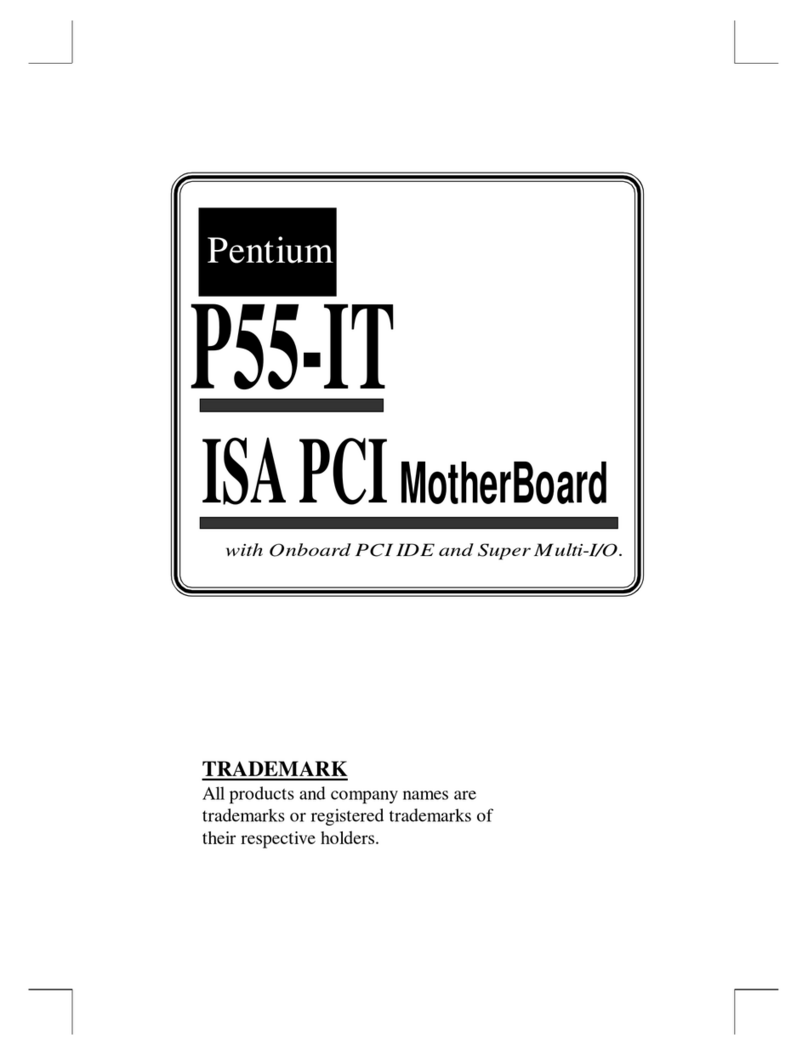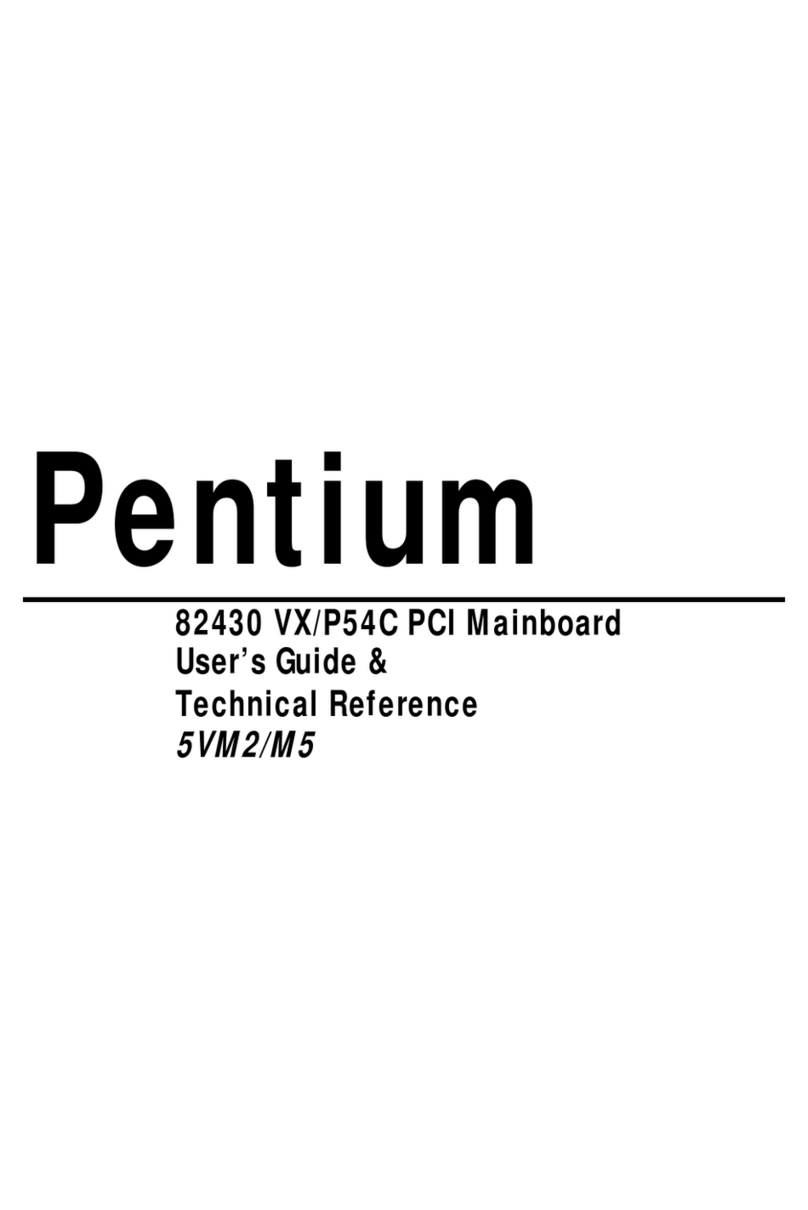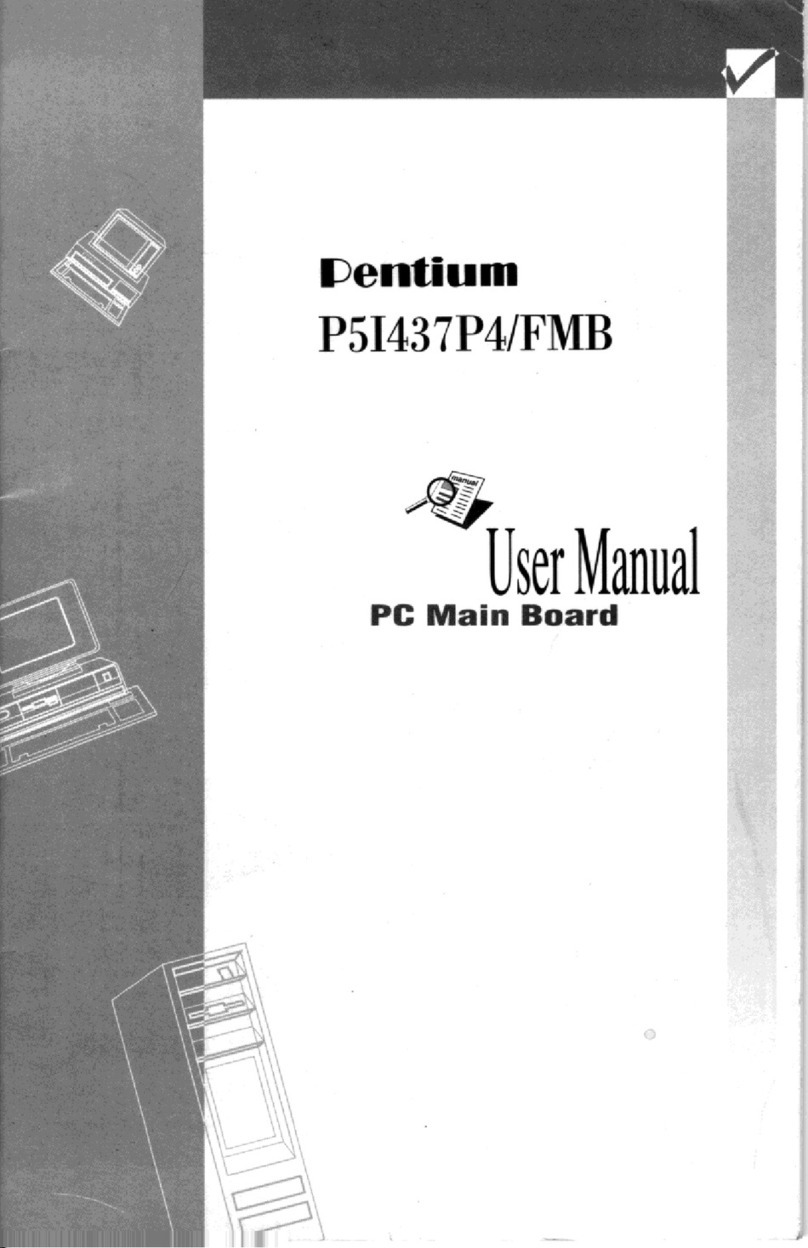GA-586ATV
6
3.10. TURBO SWITCH CONNECTOR INSTALLATION............................................3-7
3.11. TURBO LED CONNECTOR INSTALLATION ................................................... 3-7
3.12. HARDWARE RESET SWITCH CONNECTOR INSTALLATION .....................3-7
3.13. GREEN FUNCTION INSTALLATION................................................................ 3-8
3.14. PERIPHERAL DEVICE INSTALLATION ...........................................................3-8
3.15. KEYBOARD SETTING FUNCTION...................................................................3-8
4. BIOS CONFIGURATION...................................................................... 4-1
4.1. ENTERING SETUP.............................................................................................. 4-1
4.2. CONTROL KEYS..................................................................................................4-2
4.3. GETTING HELP ...................................................................................................4-3
4.3.1. Main Menu4.................................................................................................. 4-3
4.3.2. Status Page Setup Menu / Option Page Setup Menu.................................. 4-3
4.4. THE MAIN MENU.................................................................................................4-3
4.5. STANDARD CMOS SETUP MENU..................................................................... 4-5
4.6. BIOS FEATURES SETUP....................................................................................4-9
4.7. CHIPSET FEATURES SETUP...........................................................................4-13
4.8. POWER MANAGEMENT SETUP...................................................................... 4-14
4.9. PNP/PCI CONFIGURATION.............................................................................. 4-16
4.10. INTEGRATED PERIPHERALS........................................................................4-17
4.11. LOAD SETUP DEFAULTS...............................................................................4-21
4.12. USER PASSWORD..........................................................................................4-22
4.13. IDE HDD AUTO DETECTION.......................................................................... 4-23
4.14. SAVE & EXIT SETUP....................................................................................... 4-24
4.15. EXIT WITHOUT SAVING................................................................................. 4-25
5. AT TECHNICAL INFORMATION.......................................................... 5-1
5.1. I/O BUS CONNECTOR PIN OUT........................................................................5-1
5.1.1. ISA SLOT PIN OUT...................................................................................... 5-1
5.1.2. PCI - BUS SLOT PIN OUT........................................................................... 5-2
5.2. I/O & MEMORY MAP............................................................................................5-3
5.3. TIMER & DMA CHANNELS MAP......................................................................... 5-3
5.4. INTERRUPT MAP ................................................................................................5-4

